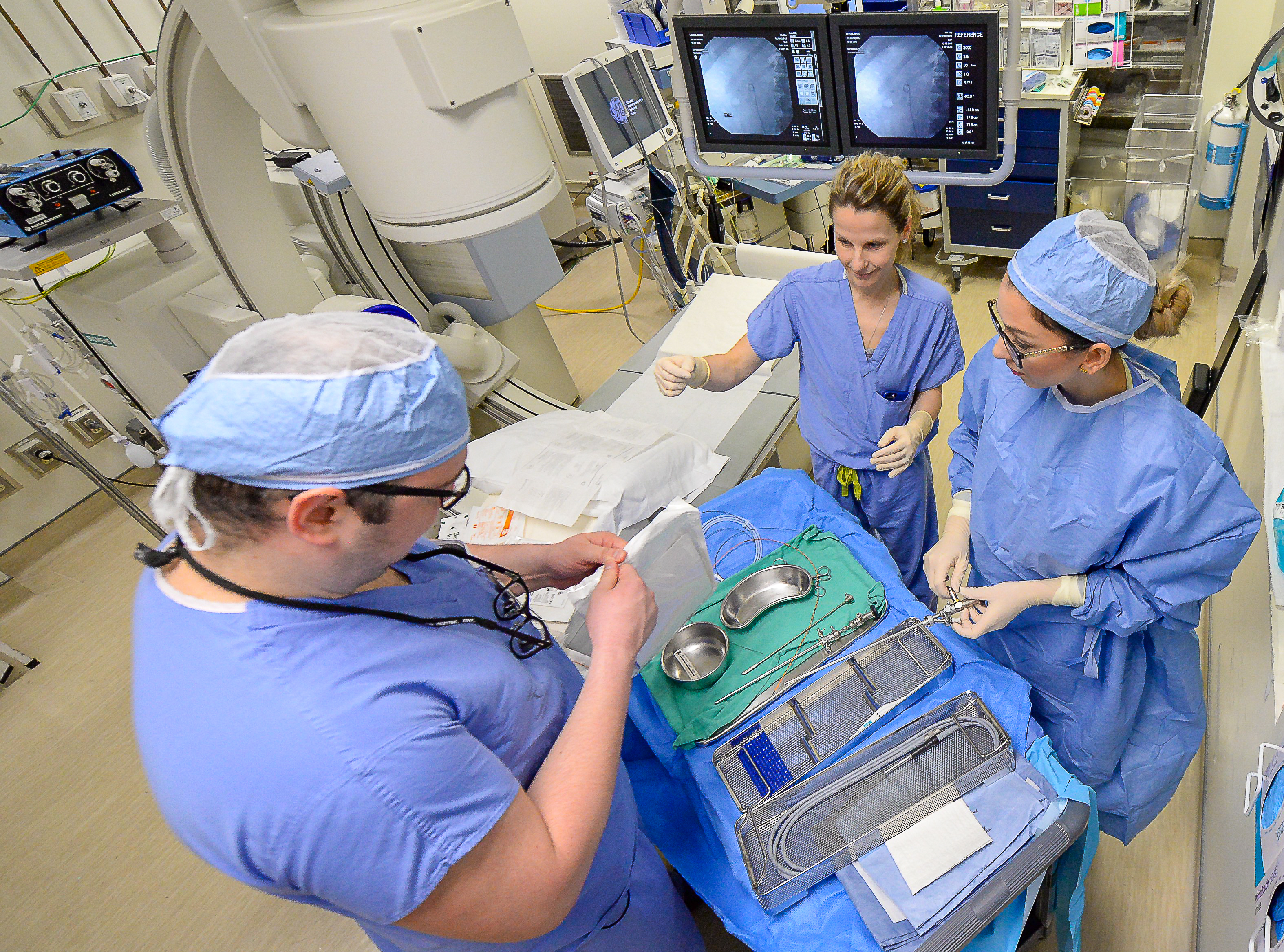About CBME

Competency-based medical education (CBME) is a new evidence-informed model of medical education being introduced around the world. It focuses on tracking and assessing trainees’ progress toward mastering a clearly defined set of skills for their discipline. The model allows them to take charge of their own learning process, to move quickly in areas of particular strength, and take more time in areas they find more challenging. Frequent, low-stakes feedback allows residents to make immediate corrections to refine their skills more precisely as they go.
In CBME, the focus is on results—the mastery of skills—rather than time spent in learning.
In contrast, the traditional method of training residents for a set five-year period was based on the theory that residents would automatically learn all they needed to know by observing and participating in the clinical environment for a certain amount of time. This has worked extremely well for more than a hundred years, producing many great clinicians. With the increasing complexity of health care, however, and the explosion of new evidence, technologies and methods, a more carefully designed and rigourously tracked model will ensure residents acquire all of the knowledge and skills they need to serve in a rapidly evolving health care system and society.
All residency training programs will have transitioned to the CBME model across Canada by the end of 2023.
